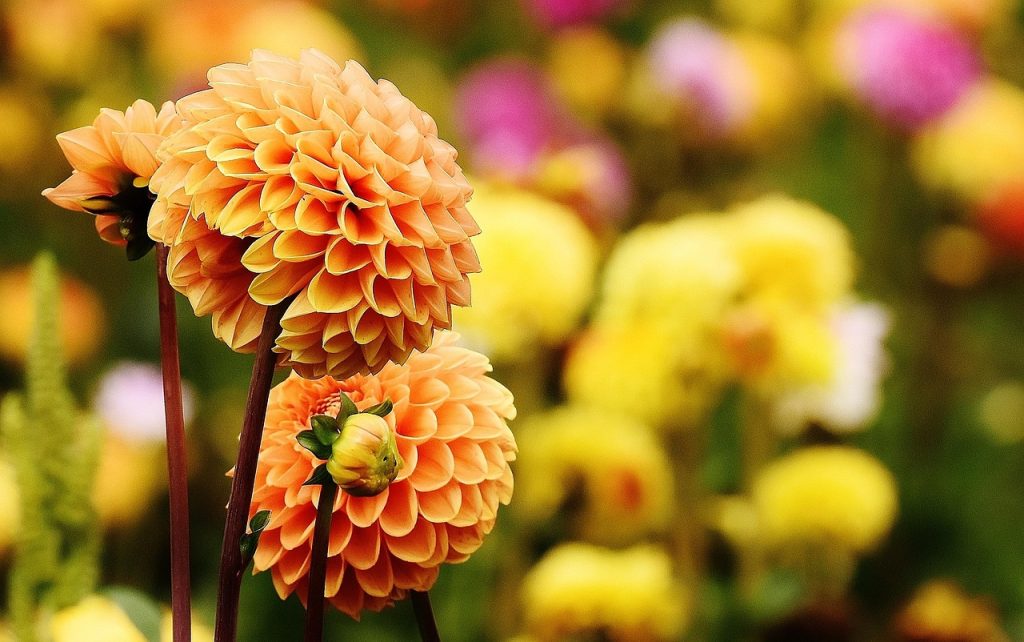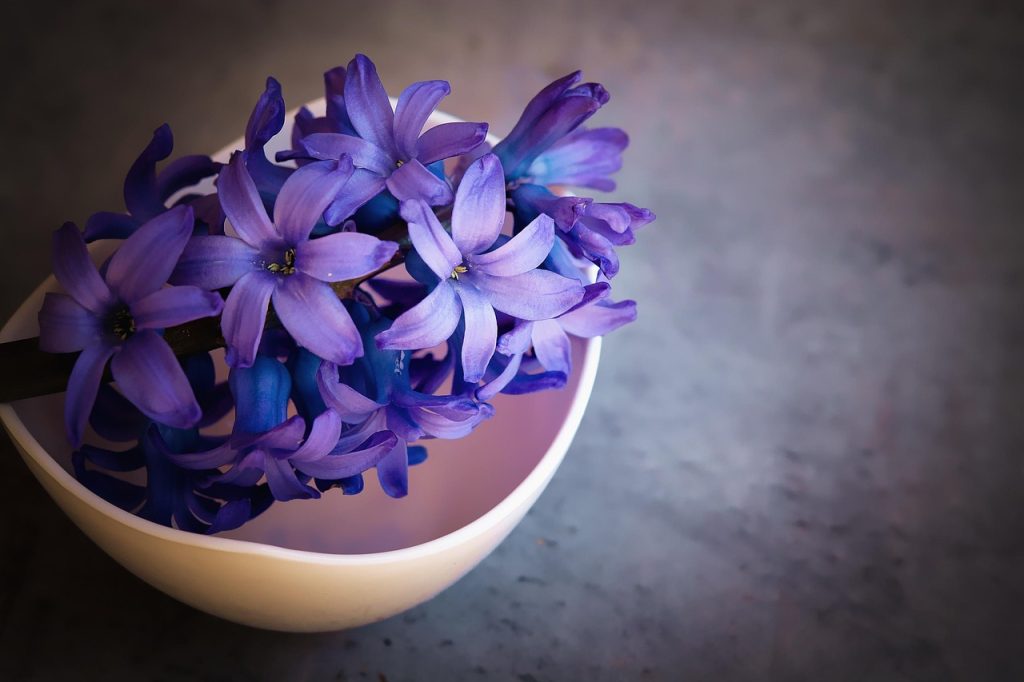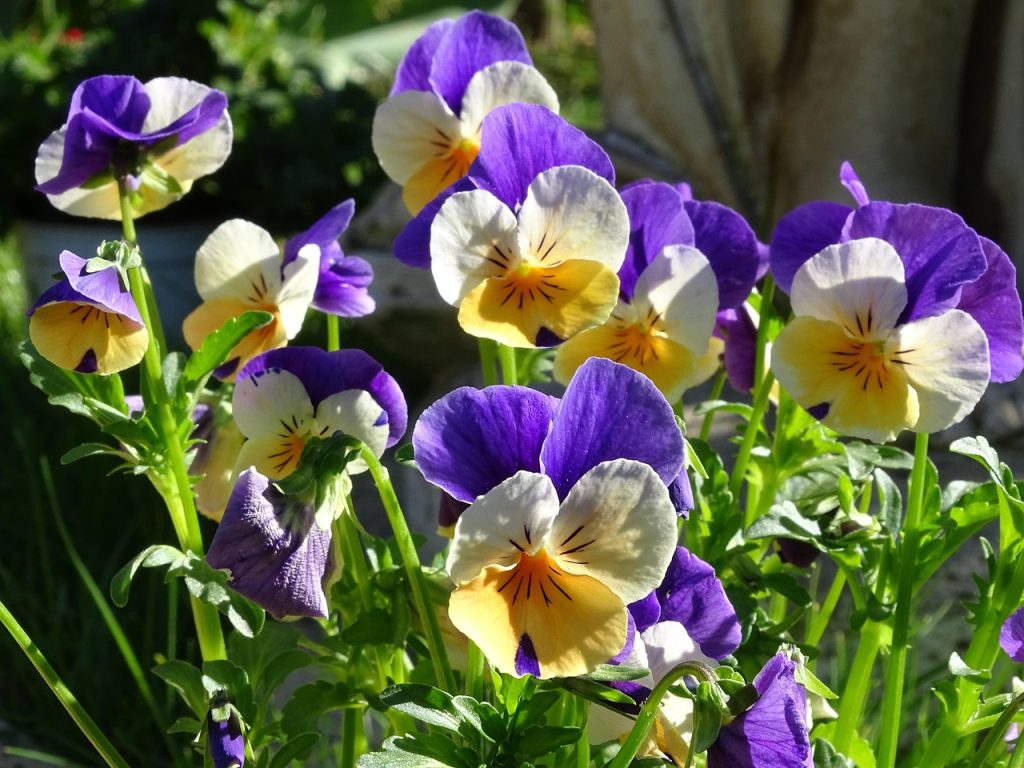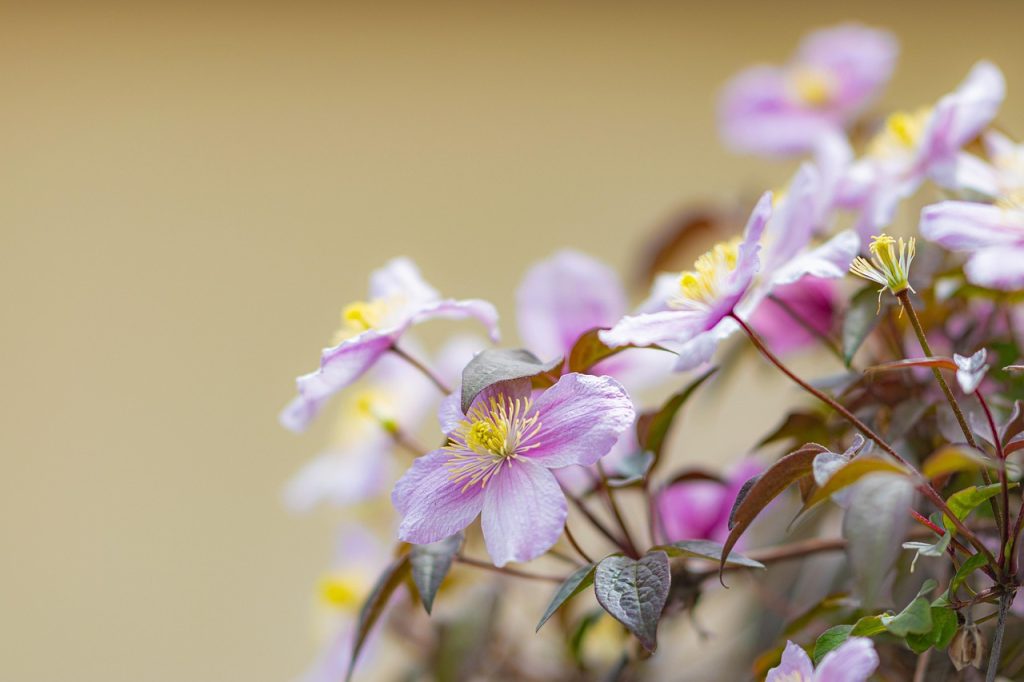Transforming your home’s exterior with vibrant outdoor flower plants is one of the easiest ways to boost curb appeal, attract pollinators, and create a welcoming atmosphere. Whether you’re dressing up a sprawling backyard, a cozy balcony, or a patio, outdoor flower plants for home gardens offer endless possibilities. From bold marigolds to fragrant lavender, these plants bring color, scent, and life to any outdoor space. Plus, many are low-maintenance, making them ideal for beginners and seasoned gardeners alike. In this guide, we’ll explore the best flowering plants for U.S. home gardens, tailored to different sunlight needs, USDA zones, and container or soil setups, with a focus on pet-friendly and pollinator-attracting varieties.

Best Outdoor Flowering Plants
Here’s a curated list of low-maintenance, colorful outdoor flower plants for home gardens, organized by growing conditions and aesthetic appeal. These selections are based on recommendations from top gardening resources like The Spruce, Better Homes & Gardens, and gardener forums.
Full Sun Flowers
These plants thrive in 6+ hours of direct sunlight daily and are perfect for open yards or sunny patios.
- Marigolds (Tagetes spp.): Bright orange and yellow blooms, pest-repellent, and easy to grow. Ideal for USDA zones 2–11. Annuals, but self-seed easily.
- Lantana (Lantana camara): Multicolored clusters in pink, orange, and yellow. Drought-tolerant and pollinator-friendly. Zones 8–11, grown as annuals elsewhere.
- Salvia (Salvia spp.): Spiky purple, red, or blue flowers that attract hummingbirds. Perennial in zones 4–10, depending on variety.
Partial Shade Flowers
Perfect for areas with 3–6 hours of sunlight or dappled shade.
- Impatiens (Impatiens walleriana): Vibrant blooms in pink, red, white, and orange. Great for containers and shady beds. Annual in most zones.
- Begonias (Begonia spp.): Waxy leaves and delicate flowers in various colors. Thrive in zones 9–11 or as annuals in cooler climates.
- Fuchsia (Fuchsia spp.): Bell-shaped blooms in pink and purple, ideal for hanging baskets in partial shade. Annual except in zones 10–11.
Drought-Tolerant Flowers
These hardy plants require minimal watering, perfect for low-maintenance gardens.
- Gazania (Gazania rigens): Daisy-like flowers in bold oranges, yellows, and pinks. Zones 8–10, grown as annuals elsewhere.
- Blanket Flower (Gaillardia spp.): Red and yellow blooms resembling a sunset. Perennial in zones 3–10, thrives in poor soil.
- Yarrow (Achillea millefolium): Feathery foliage with clusters of white, pink, or yellow flowers. Zones 3–9.
Tropical Feel Flowers
Add an exotic vibe to your garden with these vibrant bloomers.
- Hibiscus (Hibiscus rosa-sinensis): Large, trumpet-shaped flowers in red, pink, or yellow. Perennial in zones 9–11, grown in pots elsewhere.
- Plumeria (Plumeria spp.): Fragrant, waxy blooms in white, pink, or yellow. Zones 10–11, container-grown in cooler regions.
- Bird of Paradise (Strelitzia reginae): Striking orange and blue flowers resembling a bird. Zones 9–11, great for patios.
Fragrant Blooms
These flowers add scent to your outdoor space, enhancing the sensory experience.
- Jasmine (Jasminum spp.): Sweet-scented white flowers, perfect for trellises. Perennial in zones 7–10.
- Lavender (Lavandula spp.): Purple spikes with a calming aroma, loved by bees. Zones 5–9.
- Gardenia (Gardenia jasminoides): Creamy white, fragrant blooms. Zones 8–11, container-friendly.

Perennials vs. Annuals
Choosing between perennials and annuals depends on your gardening goals. Here’s a quick breakdown:
- Perennials: Return year after year, ideal for permanent borders. Examples include salvia, yarrow, and lavender. They require initial effort but save time and money long-term. Best for gardeners seeking low-maintenance beauty.
- Annuals: Complete their life cycle in one season, offering flexibility to change colors and layouts yearly. Marigolds, petunias, and zinnias are popular choices. Perfect for beginners or those who love experimenting with new designs.
Tip: Mix perennials and annuals for a balance of reliability and seasonal variety. For example, plant perennial lavender as a border and fill gaps with annual petunias for pops of color.
Flowering Plants for Pots or Balconies
Container gardening is ideal for small spaces like balconies, patios, or urban homes. These compact, outdoor flower plants for home thrive in pots or raised beds:
- Petunias (Petunia spp.): Trailing or upright varieties in vibrant colors. Annuals, easy to grow in well-draining soil. Use pots with drainage holes.
- Geraniums (Pelargonium spp.): Red, pink, or white blooms with lush foliage. Zones 10–11 or annuals elsewhere. Fertilize monthly for best results.
- Zinnias (Zinnia elegans): Bright, daisy-like flowers in every color except blue. Annuals, perfect for pots or raised beds.
- Snapdragons (Antirrhinum majus): Spiky blooms in pastel shades, great for vertical interest. Annuals, but some varieties perennial in zones 7–10.
Container Tips:
- Use well-draining potting mix with perlite or vermiculite.
- Ensure pots have drainage holes to prevent root rot.
- Fertilize every 2–4 weeks with a balanced, water-soluble fertilizer (e.g., 10-10-10).
Seasonal Bloom Guide
To keep your garden vibrant year-round, choose plants that bloom in different seasons and practice succession planting (staggering planting times for continuous blooms).
- Spring: Snapdragons, pansies (Viola spp.), and primroses (Primula spp.) kick off the season with soft pastels and bold colors.
- Summer: Zinnias, marigolds, and lantana shine in the heat, offering long-lasting blooms.
- Fall: Chrysanthemums (Chrysanthemum spp.) and asters (Aster spp.) provide rich autumn hues.
- Year-Round (in mild climates): In zones 9–11, try hibiscus or geraniums for near-continuous blooms.
Succession Planting Tip: Sow annuals like zinnias every 2–3 weeks in spring for staggered blooms through summer and fall.

Pollinator & Pet-Friendly Options
Attracting bees, butterflies, and hummingbirds while keeping pets safe is a win-win for home gardens.
Pollinator-Friendly Flowers
These plants draw pollinators, supporting local ecosystems:
- Zinnias: Butterflies love their flat, nectar-rich blooms.
- Salvia: Hummingbirds flock to their tubular flowers.
- Lavender: Bees adore the fragrant purple spikes.
Pet-Friendly Flowers
Safe for dogs and cats, per the ASPCA:
- Marigolds: Non-toxic and pest-repellent.
- Snapdragons: Safe and colorful for pet-filled yards.
- Petunias: Non-toxic, vibrant, and easy to grow.
Caution: Avoid toxic plants like foxglove (Digitalis spp.) or lilies (Lilium spp.) if pets roam your garden.
Read More: Outdoor Hydroponic Gardening
Quick Care Tips & Placement Ideas
To ensure your outdoor flower plants for home thrive, follow these care tips:
- Planting: Choose a site with appropriate sunlight (check plant tags). Dig holes twice the width of the root ball, mix in compost, and water thoroughly.
- Watering: Most flowers need 1–2 inches of water weekly. Drought-tolerant plants like gazania require less frequent watering.
- Pruning: Deadhead (remove spent blooms) to encourage new flowers. For perennials like salvia, cut back in late fall to promote spring growth.
- Fertilizing: Use a balanced fertilizer (e.g., 10-10-10) every 4–6 weeks for annuals and early spring for perennials.
- Placement Ideas:
- Pots: Cluster geraniums and petunias on patios for pops of color.
- Raised Beds: Combine zinnias and marigolds for a vibrant display.
- Open Soil: Create borders with lavender and salvia for a low-maintenance, pollinator-friendly edge.
USDA Zone Tip: Check your USDA zone (available at planthardiness.ars.usda.gov) to select plants suited to your climate. Most plants listed here thrive in zones 4–10.

FAQs
Marigolds, zinnias, and petunias are beginner-friendly due to their low maintenance, fast growth, and tolerance for various soils. They thrive in full sun and need minimal care beyond regular watering.
Petunias, geraniums, and snapdragons are excellent for pots due to their compact size and vibrant blooms. Use well-draining soil and pots with drainage holes.
Yes! Impatiens, begonias, and fuchsias thrive in partial shade (3–6 hours of sunlight). They’re ideal for north-facing balconies or shaded patios.
In mild climates (zones 9–11), hibiscus, geraniums, and lantana can bloom nearly year-round with proper care. In cooler zones, annuals like petunias provide long-lasting color.
Marigolds, snapdragons, and petunias are non-toxic to pets, per the ASPCA. Always double-check plant toxicity before planting in pet-accessible areas.
Conclusion
Outdoor flower plants for home gardens bring joy, color, and life to any exterior space, whether you’re a beginner or a seasoned gardener. From low-maintenance marigolds and zinnias to fragrant lavender and tropical hibiscus, there’s a plant for every yard, balcony, or patio. Mix perennials like salvia with annuals like petunias for year-round beauty, and prioritize pollinator-friendly and pet-safe options to create a welcoming, eco-friendly garden. Experiment with seasonal bloomers and succession planting to keep your outdoor space vibrant. Start small, choose plants suited to your USDA zone, and enjoy the process of transforming your home’s exterior into a floral paradise!